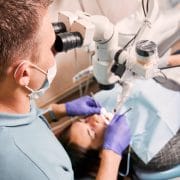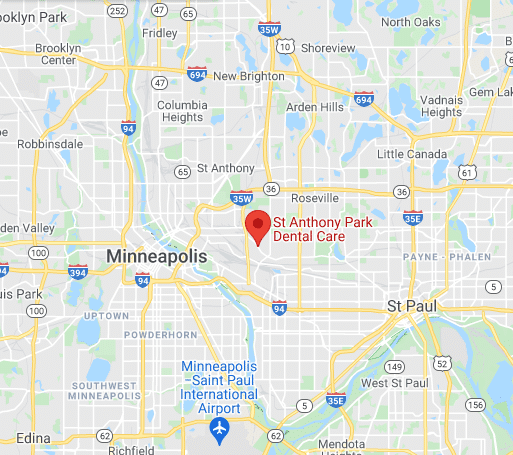Understanding Sedation Dentistry
If you’ve been curious about sedation dentistry but the idea makes you a little bit nervous, that’s natural. It may be because you don’t know enough about sedation dentistry. Here is a guide that explains the effects and what to expect.
3 Sedation Dentistry Options
If you choose to try sedation dentistry in St. Paul, MN, you’ll have three options:
- Nitrous oxide, also known as laughing gas, is breathed in through the nose. It’s extremely gentle and the reaction from the patient’s perspective is so subtle it can feel like nothing at all. You can liken it to the light and happy feeling you have when you spend time with someone who makes you feel good about yourself.
- Oral sedation comes in the form of a tablet. The feeling is one of relaxation, and any anxiety just kind of floats away. Once the pill takes effect, you’ll feel similar to how you might feel on vacation, away from all your worries.
- IV sedation is administered with a needle, and it is the fastest-acting of the three options. IV reduces both pain and dental anxiety.
What the Three Options Have in Common
All the options above are similar in that they don’t induce unconsciousness. You may remain fully awake, although some patients feel so relaxed that they may doze off in the chair for a few minutes.
Another commonality is that you can drive yourself home after dental sedation, no matter which kind you have. If you do feel drowsy, though, it’s best to wait until you are fully alert. Most patients feel fully alert almost immediately after treatment.
Hopefully, this gives you a better understanding of sedation dentistry. But if you have further questions, please feel free to ask your St. Paul, MN, dentist during your next dental visit!







